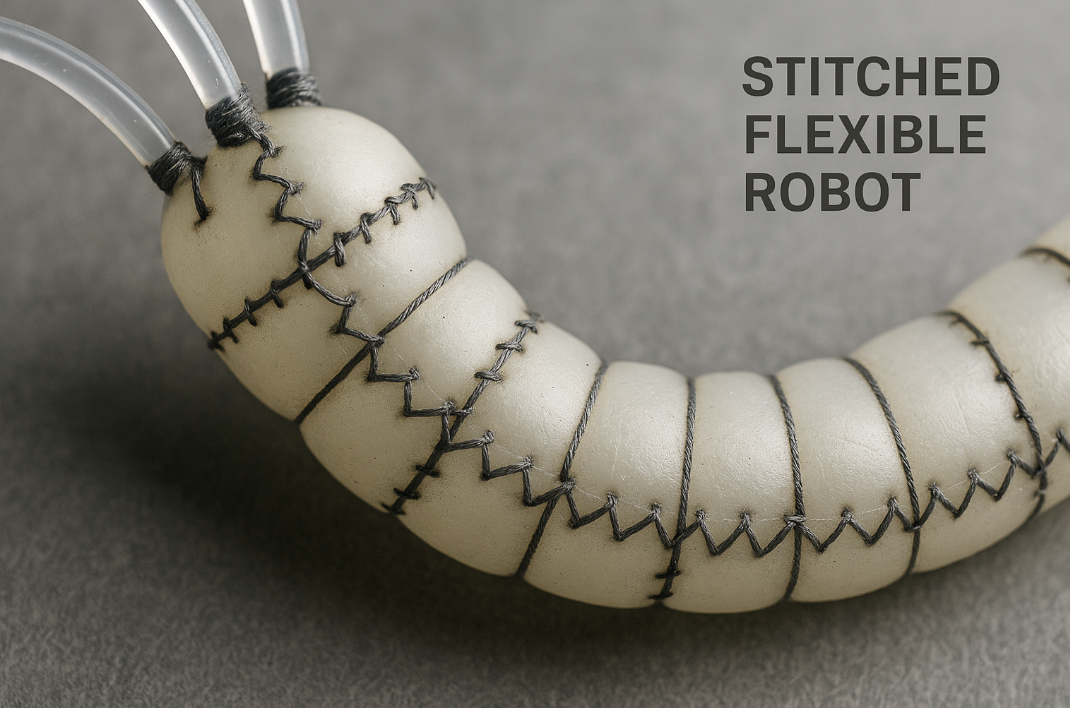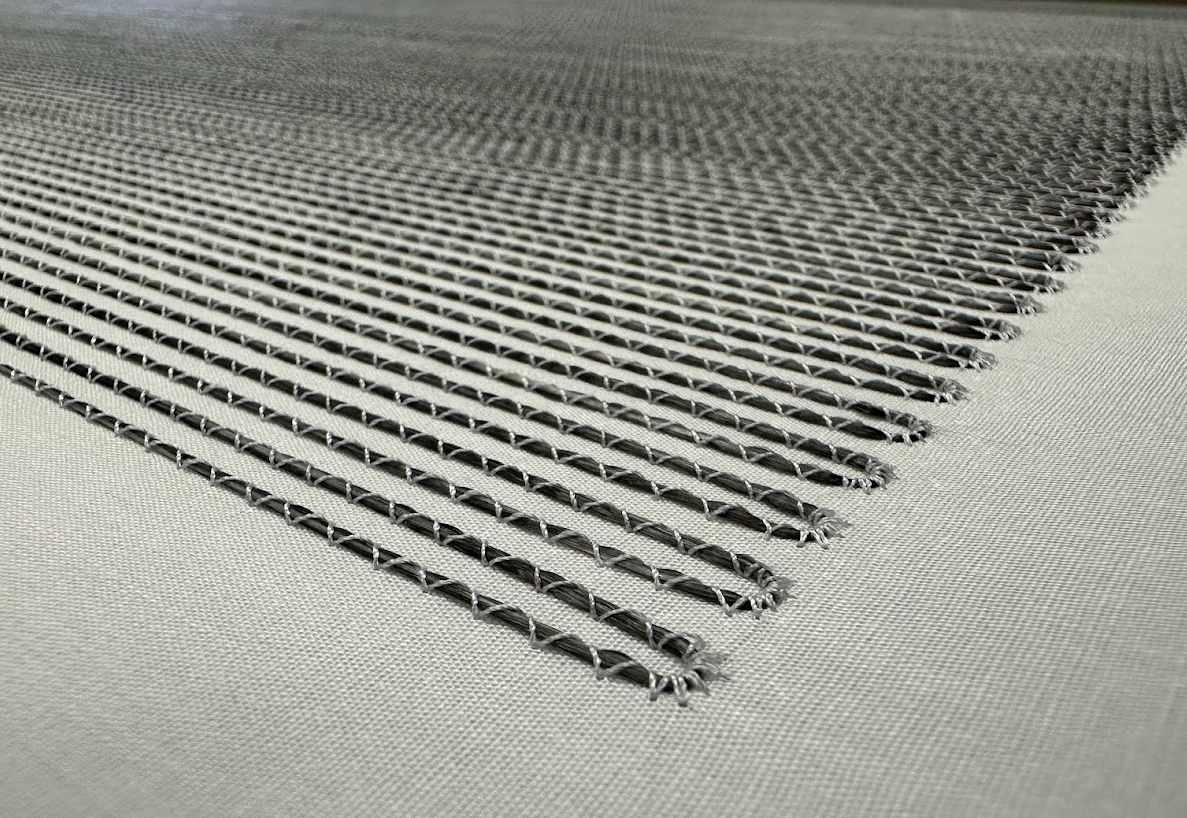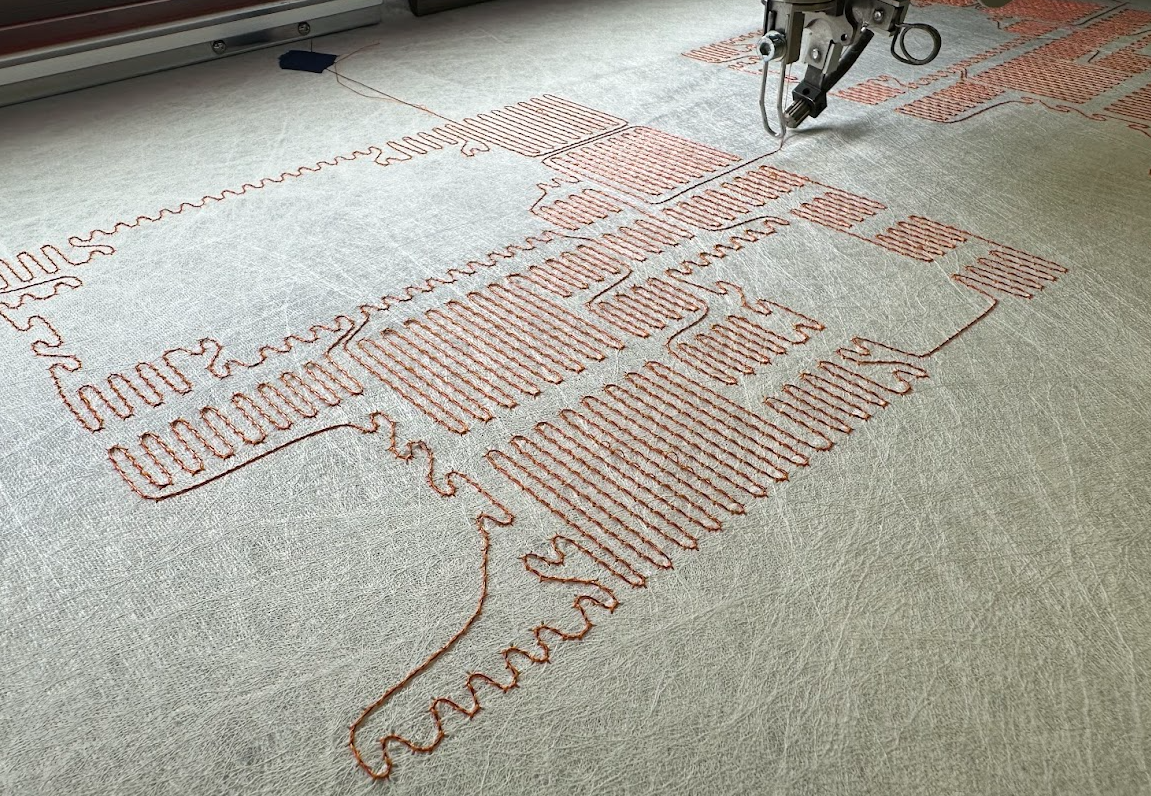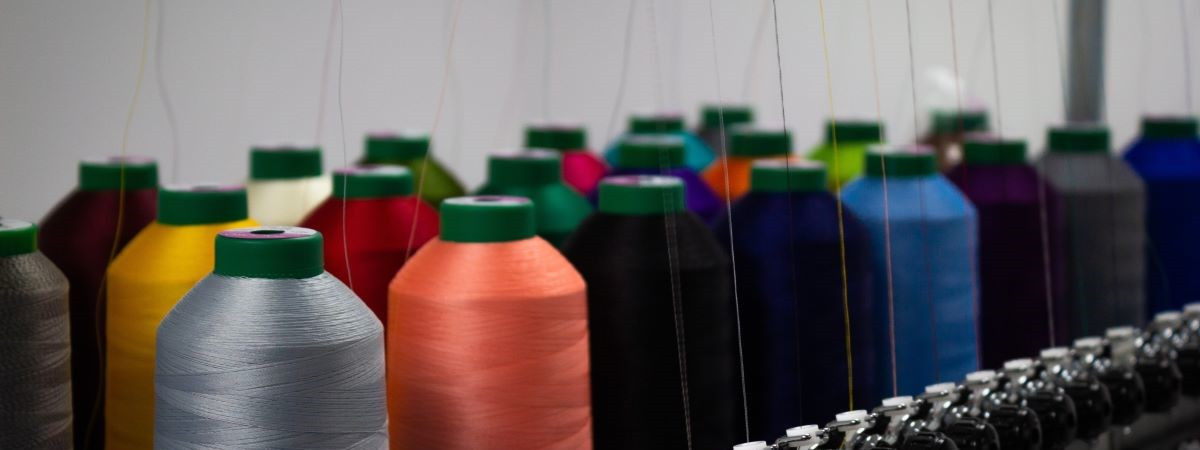-
-
Our Mission
At Textile.org, our mission is to power the next generation of textile hardware innovation through accessible machines, open-source tools, and hands-on learning. We serve engineers, developers, and students who are building stitched circuits, soft robotics, and advanced fabric-based devices.
We offer more than just courses. We provide modifiable machines, downloadable design files, and physical kits that bridge the gap between education and real-world prototyping. Our curriculum is tightly focused on essential, high-impact skills that matter in industry and research settings.
Whether you're a lab, a startup, or an individual builder, Textile Academy is your launchpad for mastering technical embroidery and developing smart textile systems that work in the field.
-
Why Choose Textile.org?
A few reasons why our valued customers choose Textile.org.
Our team includes PhD-level textile engineers, R&D veterans, and prototyping specialists who have developed real products for industry. This is not theory for theory’s sake. It is practical, applied knowledge for people who want to build. We are here to save you time and help you reach your innovation and entrepreneurship goals faster.Learn using our curated package of modified embroidery machines, open-source software like Ink/Stitch, and downloadable patterns for stitched circuits, sensors, and actuators. We provide the same tools used in smart textile labs and wearable tech startups. Everything you need is included so you can go from beginner to builder without guesswork.Skip the bloated academic model. Our courses are streamlined, affordable, and focused. Each module is tied to a specific outcome, like stitching a muscle wire actuator, building a stitched touch sensor, or installing a thread-fed 3D print head. We believe you learn by doing, with no filler and no wasted time.Textile innovation is growing fast, but most education stops at theory. At Textile.org, we go further. We provide a complete system with machines, open-source software, custom modifications, training, and support which are all designed to help engineers, designers, and builders get started quickly with stitched electronics, soft robotics, and advanced textile systems. Whether you are building stitched sensors, soft robotic limbs, embroidered heat circuits, or fluid-delivery wearables, everything works together out of the box so you can launch faster, prototype better, and scale with confidence.Our systems are already in use at research labs, maker spaces, and early-stage companies exploring wearable sensors, embroidered heating pads, soft exosuits, and functional fashion. We are trusted by professionals who need fast iteration with real-world results.Everything we build is grounded in openness. You get access to editable design files, modifiable machine firmware, and open-source software with no vendor lock-in. Contribute to the ecosystem or customize it to fit your lab, product, or classroom.Join a growing network of engineers, students, and creators working at the frontier of textiles. Share your work, get feedback, remix others’ designs, and access Slack, webinars, AMAs, and our member gallery. You are not just buying a product, you are joining a movement. -
What Our Builders Are Saying
 Alex R. (Flexible Robotics Engineer): I used the Textile.org kit to prototype a stitched muscle actuator in under a week. Everything worked out of the box, and the support was fantastic.
Alex R. (Flexible Robotics Engineer): I used the Textile.org kit to prototype a stitched muscle actuator in under a week. Everything worked out of the box, and the support was fantastic. Samantha T. (Composites Lab): Our lab integrated Textile.org’s system into our student projects. The kits saved us months of sourcing, and the open software fits perfectly into our workflow.
Samantha T. (Composites Lab): Our lab integrated Textile.org’s system into our student projects. The kits saved us months of sourcing, and the open software fits perfectly into our workflow. Marcus P. (Product Developer): The hardware, the mods, the documentation, and the stitched circuit library all worked together perfectly. It felt like an ecosystem, not just a machine.
Marcus P. (Product Developer): The hardware, the mods, the documentation, and the stitched circuit library all worked together perfectly. It felt like an ecosystem, not just a machine. -
What's Included in the Platform
nr lnr-cogOpen-Source Software Access
Gain instant access to a powerful ecosystem of open tools for stitch-based prototyping and digital textile design. At Textile.org, we don’t just hand you pattern files—we give you the full tech stack behind them.
You’ll receive curated example design files, SVG libraries, and functional embroidery patterns ready to run on your machine. But more importantly, we give you access to Python-based code for automating and scripting your own designs. Want to generate dynamic stitch paths, parametric actuator patterns, or gradient fiber placement? Our tools are built to support it.
You can integrate with platforms like Grasshopper, Rhino, or other CAD environments to generate stitch data algorithmically, and share strategies across teams or labs. Everything is editable, forkable, and free to use, so you can invent without constraint and prototype like a software developer.
lnr lnr-laptop-phoneModifiable Machine Kits
Textile.org machines are designed for builders, not locked behind proprietary barriers. Every unit we ship is modifiable by default with Python setup files, swappable components, and accessible documentation. Instead of treating embroidery as a closed craft, we’ve reimagined it as a physical output device for engineers. Whether you're routing conductive thread, stitching circuits, or testing new materials, you’ll have the mechanical access and code-level control to make it your own.
These kits are engineered to support a wide range of hardware mods and experimental workflows. You can mount a pen plotter head for stitched diagrams, install a thread-fed 3D printing extruder, or retrofit the machine with sensors to track tension, movement, or input/output signals. We've seen users embed thermochromic ink modules, stitch reinforced tubing for fluid flow, and even integrate motors to create kinetic fabric structures. This is not just embroidery—it’s a launchpad for functional textile systems.
lnr lnr-usersStep-by-Step Setup Guides
Every Textile.org kit is backed by a complete online learning experience. From unboxing your machine to stitching your first conductive circuit, we walk you through every step. Our video library covers setup, calibration, material selection, and best practices for conductive threads, stabilizers, and tool maintenance. Whether you're assembling a new mod, replacing a motor, or learning how to tension your frame, you’ll find concise, high-quality tutorials designed to teach and empower.
In addition to videos, we provide downloadable PDFs, printable diagrams, and structured checklists so you can follow along at your own pace. These guides are built for busy labs, solo engineers, and classrooms alike—clear enough for first-timers, detailed enough for advanced users. We make sure you're never left guessing, whether you’re learning solo or teaching others.
lnr lnr-checkmark-circleCommunity Support
When you join Textile.org, you’re not just buying hardware, you’re entering a growing network of developers, researchers, and creative technologists building at the edge of textile innovation. Our private Slack and public boards are always active with questions, feedback, jobs, build logs, and shared projects. Whether you're troubleshooting a stitch path, exploring conductive thread suppliers, or posting your first actuator demo, there’s someone there who’s been through it and can help.
We also host live AMAs, member Q&As, and casual show-and-tells where builders demo their work and swap ideas. You’ll get weekly project updates, early access to new tools, and a front-row seat to a community inventing the future of stitched electronics and soft robotics. This is your place to ask, build, remix, and grow alongside peers who care just as much as you do.
-
Explore What You Can Build
-
2026 cohort
Claim your seat in the Textile Academy community.
More free textile classes, deep-dive smart textiles workshops, and fresh test materials are lining up now. Tell us what you want to sew, knit, weave, or prototype next and we’ll notify you as soon as the 2026 cohort opens.
- Priority invite to cohort launches and live studio sessions.
- Beta access to no-cost learning modules, lab notes, and kits.
- Community pairing with labs, educators, and builders at your level.
“The Textile Academy is the launchpad for stitched circuits, soft robotics, and future fabrics.”
Add your name to the waitlist to steer the curriculum, request machines, and unlock member-only experiments before they ship.
Next update ships January 2026
Top Block Position
Bottom Block Position

